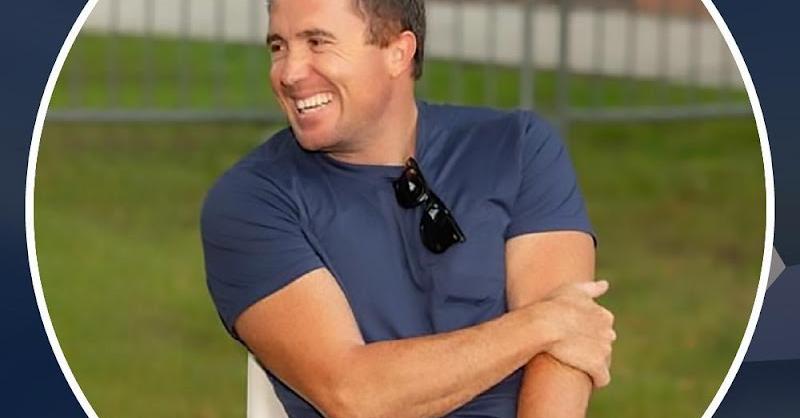A dynamic and multifaceted approach to athlete development, particularly in tennis, has proven to be key in molding well-rounded individuals who excel in sports, academics, and life skills. This process emphasizes the importance of creating an environment where athletes are supported in all aspects of their lives, leading to a balance that benefits them during and after their sports careers. Integrating academic support, mental health resources, and life skills coaching alongside traditional physical training helps athletes achieve their best on and off the court. Through this comprehensive approach, Patrick Fisher Tennis ensures that development programs enhance athletic performance and equip players with the necessary education and tools for success.
The Essentials of a Holistic Tennis Program
A holistic tennis program integrates various aspects, focusing on athletic prowess, academic achievement, and personal growth. The core vision of a holistic approach in sports is to create well-rounded individuals who excel in multiple areas of life. This process is crucial in sports, where the pressure to perform can often overshadow other vital areas of an athlete’s life.
The program should include personalized coaching that addresses the athletes’ physical, mental, and emotional needs. It transcends traditional methodologies by incorporating academic support, mental health resources, and life skills coaching into the athletes’ daily routines, ensuring that athletes do not have to sacrifice one area of their lives to excel in another.
By developing athletes, the program enhances their performance on the court and equips them with the skills needed to succeed in their academic pursuits and future careers. This dual focus helps cultivate a balanced lifestyle, which is crucial for long-term success within and outside sports.
Recruiting Strategies for Top Athletes
Identifying and attracting top athletes requires a nuanced approach. Recruiters must look beyond traditional success metrics, such as game statistics and physical prowess, to consider academic achievements and personal character. Engaging with potential recruits through social media platforms and leveraging digital scouting tools can enhance recruitment efforts’ reach and effectiveness. Through thoughtful communication, programs can highlight the benefits of a holistic environment, appealing to athletes and their families.
Retention Tactics in Programs
Once athletes are part of a holistic tennis program, retaining them involves more than just providing excellent training facilities. It requires building a culture that values inclusivity and support in every aspect of the athlete’s life. Implementing resources like tutoring and academic advising alongside career planning services can make significant differences. These measures ensure that athletes see a clear path to personal development and future opportunities, encouraging their continued participation and commitment to the program. Creating such a nurturing environment not only aids in their current academic and athletic endeavors but also prepares them for life beyond sports.
Case Studies and Best Practices
Analyzing successful holistic tennis programs provides valuable insights into practical strategies. Programs that integrate comprehensive development practices show remarkable improvements in athlete performance and academic achievements. Schools and clubs prioritizing holistic development often report higher retention rates and better overall satisfaction. This success is attributed to the balanced approach to nurturing the athlete’s physical, mental, and academic needs.
Evaluating Program Success
The effectiveness of a holistic tennis program is measured through various metrics that reflect both athletic and academic outcomes. Success indicators include improved graduation rates among athletes and enhanced performance on the field. Regularly gathering feedback from participants and staff helps fine-tune the program. Adjustments based on this feedback are crucial for ensuring that the program remains responsive to the needs of its athletes and continues to foster an environment of growth and achievement.
Implementation
Initiating or enhancing a holistic tennis program involves several critical steps. Securing cooperation from educational institutions is essential, as these partnerships provide necessary academic resources and support. Establishing a clear plan that covers all aspects of athlete development—physical training, academic support, mental health resources, and career planning—is critical. Additionally, ensuring that staff are trained to implement these comprehensive services effectively is crucial for the program’s success. This structured approach guarantees that all athletes have the tools and support they need to thrive on and off the court.

